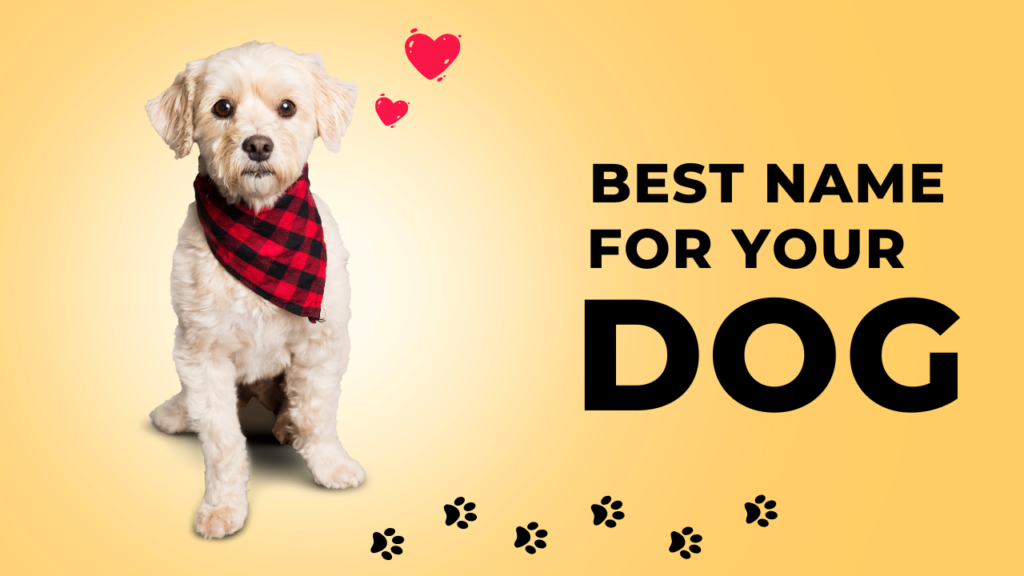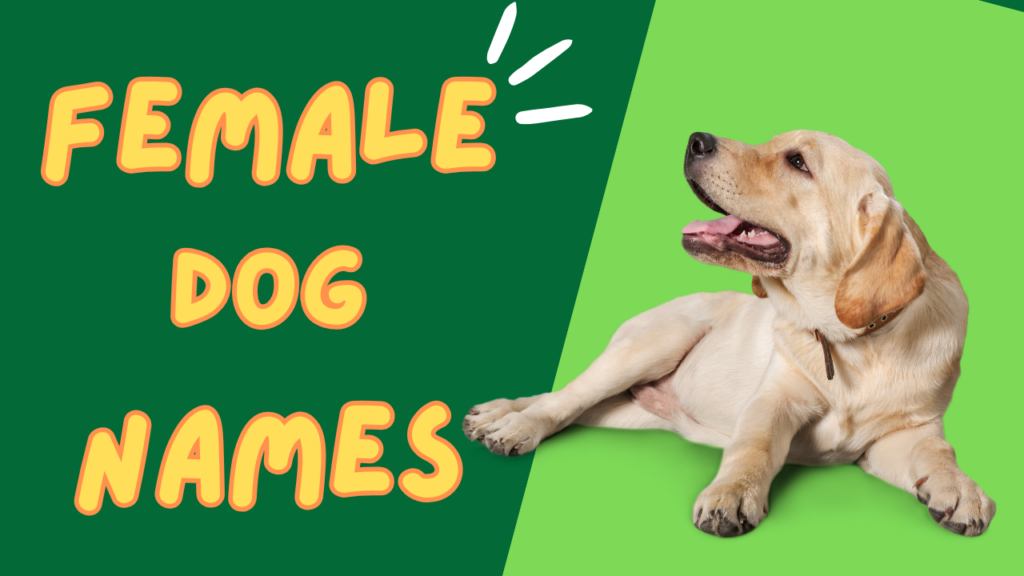The Harrier is a robust and lively scent hound, originally bred for hunting hares in packs. With a history steeped in traditional English hunting culture, this breed combines stamina, drive, and sociability. Often described as a smaller version of the English Foxhound, the Harrier is not as commonly seen as some other hound breeds, but it remains a hidden gem for active families and those who appreciate a spirited canine companion with a strong nose and an affectionate heart.
Origins and History
The Harrier’s origins can be traced back to England as early as the 13th century. Though the exact ancestry is debated, it is generally believed that the Harrier was developed by crossing early hounds like the Bloodhound, Basset Hound, and the now-extinct Southern Hound. The breed’s primary purpose was to hunt hares by scent, either on foot or horseback, in organized packs.
Harriers became particularly popular with British farmers and country folk, as they were ideal for smaller hunting territories and easier to keep than larger hounds. Despite their long-standing utility, the Harrier has remained relatively rare outside hunting circles and is considered one of the lesser-known hound breeds today.
Appearance and Physical Traits
The Harrier is medium-sized and well-balanced, standing between 19 to 21 inches (48 to 53 cm) at the shoulder and typically weighing 45 to 60 pounds (20 to 27 kg). They have a muscular build that reflects their stamina and athleticism, with a slightly longer body than height.
Key features include:
- A short, dense coat that lies close to the body and is weather-resistant
- A classic hound face with a gentle expression and large, soulful brown eyes
- Drop ears that hang close to the cheeks
- A long tail that tapers to a point and is carried high with a slight curve
The coat color is usually a mix of white, black, and tan, though other hound color combinations are also seen.
Temperament and Personality
Harriers are known for their friendly, outgoing, and energetic personalities. Bred to work in packs, they are highly social dogs that enjoy being around people, other dogs, and animals. They are affectionate with their families and often do well with children due to their even-tempered and tolerant nature.
While Harriers are loyal and loving, they are also independent thinkers, a trait inherited from their hunting lineage. They are curious and determined, especially when following a scent. This combination makes them both delightful and occasionally challenging companions.
They can be vocal, using their baying voice to communicate when they’re excited, alert, or on the trail of something interesting. This trait can be endearing—or problematic—depending on your living situation.
Trainability and Intelligence
The Harrier is an intelligent breed, but like many scent hounds, it can be stubborn or distracted—especially when a scent catches its attention. Training requires patience, consistency, and positive reinforcement methods.
Early socialization and obedience training are crucial to channel their natural instincts productively. They can excel in canine sports like tracking, scent work, and even agility if given the right guidance and motivation.
Harriers are not ideal for first-time dog owners unless the owner is committed to regular training and exercise.
Exercise and Living Needs
Harriers are a high-energy breed that requires substantial daily exercise to stay mentally and physically satisfied. Long walks, hikes, or runs, along with time to play and explore safely, are essential. A bored or under-exercised Harrier can become vocal, destructive, or prone to escaping in pursuit of a scent.
While they can adapt to various living environments, including urban settings, they thrive in homes with secure yards where they can roam and sniff. They are pack animals and prefer not to be left alone for long periods. A companion pet or family that is often home is ideal.
Grooming and Care
The Harrier has a low-maintenance grooming routine thanks to its short, dense coat. Weekly brushing is usually sufficient to remove loose hairs and keep the coat healthy. Bathing can be done as needed, typically every few months or when the dog gets especially dirty.
Like all dogs, Harriers benefit from routine care:
- Nail trimming every few weeks
- Ear cleaning to prevent infections, especially in a breed with drop ears
- Dental care with regular tooth brushing
Health and Lifespan
Harriers are generally healthy and hardy dogs, with a lifespan of around 12 to 15 years. However, like all breeds, they can be prone to certain health conditions, including:
- Hip dysplasia
- Ear infections
- Hypothyroidism
- Epilepsy (less common)
Choosing a reputable breeder who tests for genetic issues is essential. Regular vet check-ups and a balanced diet also contribute to long-term health.
Conclusion
The Harrier is a lovable, adventurous, and determined scent hound with centuries of history behind it. Its zest for life, gentle nature, and energetic disposition make it a wonderful companion for active households and scent work enthusiasts. While not as widely recognized as other breeds, those who know and love the Harrier can attest to its joyful spirit and loyal heart. With the right care, training, and exercise, this breed is a rewarding addition to any home that appreciates a hound’s lively and affectionate personality.

Andy Parker is a dog lover, writer, and senior editor at BarkPicks. With years of experience covering canine health, training, and gear, he helps pet parents make smarter choices for happier, healthier dogs. Andy shares his home (and heart) with two rescue pups, Charlie and Mia.



